iOS App Architecture Best Practices
30 May 19 

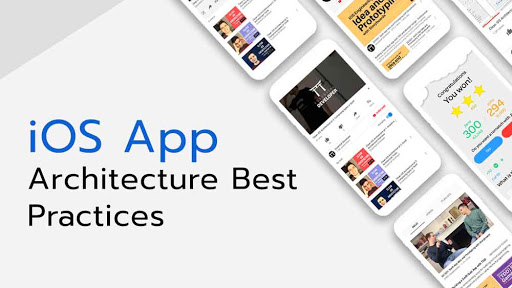
Design patterns and architecture are very important these days in creating a reliable and successful application and there, people are stuck on a question about choosing the architecture for iPhone app development. Therefore, it is obvious to discuss the features of good architecture and the benefits you could gain by having a good architecture for your iOS app development.
What is a Good Architecture?
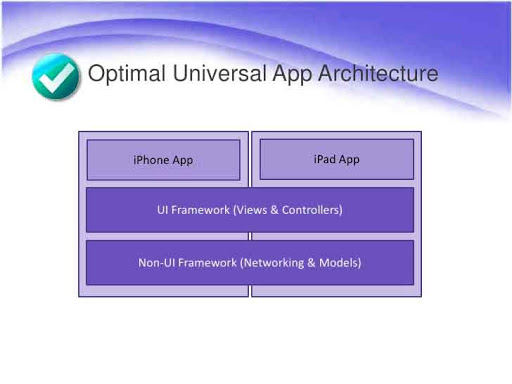
How would you characterize a good architecture? There are two or three characteristics that users generally need from the architecture of every application.
Users always expect to have the app architecture to get a particular, clear role the app plays. It’s easy to understand, change and when you go and read the source code, you instantly understand whether this is fulfilling their role or whether the logic you are going to compose would breach it.
Users generally prefer their apps to have a simple data flow which helps to understand and debug easily if any crash happens. a simple and unidirectional data is the best since it would help you to simply put a break in one place and see what’s going on with your data. A few architectures enable us to do that.
The users always prefer designs that don’t rely upon a particular service or framework, since whenever a framework become obsolete, or a service becoming outdated, it will result in an overall change in the architecture of the app.
The architecture of an app should be flexible and easy to understand and edit. It shouldn’t be simple since it has 200 abstract classes everything is disconnected and cannot be understood by anyone that joins the project or you have to deal with a lot of hurdles while adding new functionalities. It should be flexible due to its simplicity not because it’s over-engineered.
What are the Signs of a Bad Architecture?
For instance, you could search and count the number of codes present in your app. This is generally a decent sign. If you have a view controller in Swift that has 3,000 lines of code, or you have a devoted test that has 4,000, that is normally a sign. It doesn’t really mean your design is awful due to the presence of many classes, or they are simply in a single document for easy access, however it’s an indicator of something to check.
Why do we care to choose the correct architecture?
Eventually, debugging a huge class with dozens of codes, different things will be found difficult and you will be unable to find and fix the errors in your class. It is always not possible to keep the class in mind as a whole entity, which can cause missing of some important details. If you are already in this situation it is very likely that
- This class is the UI view Controller subclass
- Your data is directly stored in UI View Controller
- Your UI views do almost nothing
- The model is a dumb data structure
- Your Unit Test covers nothing
This can happen despite the fact that you are covering apple’s guidelines and implementing Apple’s MVC patterns.
What is good architecture?
A few traits are always needed from a specific application’s architecture. Each object should have a clear role, which is easy to understand and easy to change. When you go and read the source code, it should be immediately seen whether it is fulfilling the single role. It should have a single data flow, which can be easily debugged in case of a crash or error. Therefore some features of a good architecture include:
- Balanced distribution among entities
- Measurability
- Testability
- Ease of use and maintainability
Distribution: This keeps a good amount of load on our brain while we try to figure out how things work. If you believe- ‘the more you develop, the more your brain will adapt to understand the complexity’, then you are right. However, this scaling is not linear and reach the top very quickly. Therefore, the best way to capture the complexity is to divide the responsibilities among multiple entities following the single responsibility principle.
Testability: This a not a concern if you already felt gratitude to unit tests which failed after adding new features or due to refactoring some intricacies of the class. This means that the test saved those developers from finding issues during the runtime, which might happen while the app is on a user’s device and the fix requires a week to reach the user.
Ease of Use: The best code is the code that has never been written. Which means the less code you have, the fewer errors you have in them. This means the desire to write less code is not merely the laziness of the developer, and you should not favor a smarter solution closing your eyes to its maintenance cost.
We have many design patterns that we can apply based on the requirements of our project, like:
- MVC
- MVP
- MVVM
- Viper
Also Read
How to convert an iOS app to android app and vice versa
MVC(Model View Controller):
It is a widely used pattern for creating software applications. Most of the Cocoa application and frameworks created by Apple have implemented this design pattern.
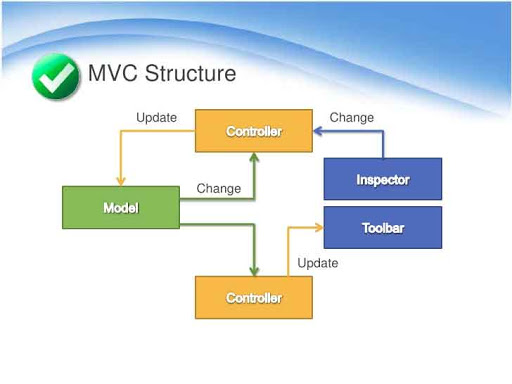
- This model is where your domain data resides. Things like persistence, networking codes, model objects and parsers, which manipulate the data, stay here.
- The view is the face of your application. This is responsible for the user interface and handles the user interactions.
- The controllers act as glue or mediators between the model layers and presentation layers. It alters the model by reacting to actions performed by the user on view and updating the view that comes from the changes in the model.
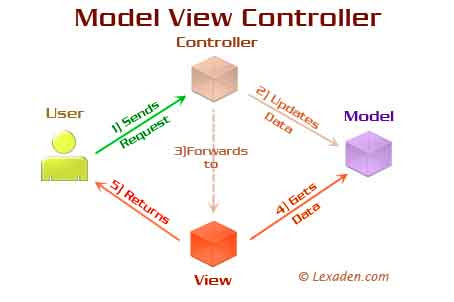
In MVC if we try, building complex apps it gets difficult, more and more codes are transferred to the controllers, making them more fragile. The controllers are so tightly fitted that if we try to change something in the view, we have to make the changes from the controller and this violates the balanced distribution among the entities.
MVP (Model View Presenter)
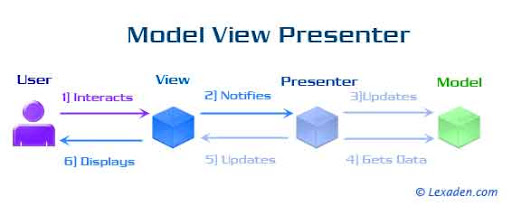
Cocoa’s MVC promise is fulfilled here. This fulfills testability surface and clean separation of view and model.
- This is same as MVC’s model, which manages reading and writing data and persisting states.
- The view part includes both view and view controllers.
- The presenter contains the logic that handles user interactions. The responsibility of the presenter is to communicate with the model, convert the data to a user-friendly format, and then update the view.
MVVM(Model View View Model):
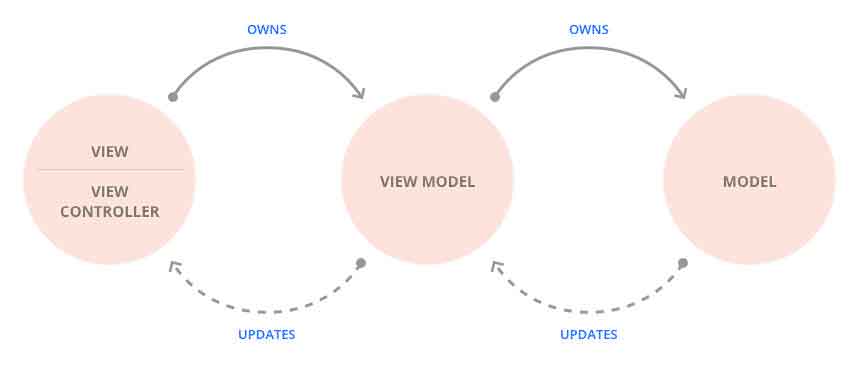
This is the latest of Model view patterns. This is an implementation of observer design pattern where any changes are represented in the view and view model.
- Model: This represents a data model that our app consumes. This class declares the properties for managing the business data similar to the above two design patterns.
- View: It is similar to MVP. The MVVM view includes both view and view controllers. It simply holds data and delegates everything to the model.
- View Model: The view Model act as a link between the model and view, responsible for wrapping up the model and preparing the observable data needed by the view.
The MVVM satisfies all the features of a good architecture. But as we have heard ”with great power comes great responsibility” Its is easy to mess up with Reactivecocoa, if something went wrong you have to spend a lot of time fixing the issue. This pattern cannot be used for simple limited screen applications making the code more complex and difficult to maintain for the developers.
Viper:
Viper is a kind of architecture which thinks about the whole structure of the app, which is inarguably the best pattern. It presents a couple of new objects.

It requires a considerable measure of Boilerplate to the point where individuals compose a code generator just to create new modules. There are a few usage on GitHub that generate Viper classes since it requires such a large number, which is most likely why many people don’t utilize it.
Hope this article has helped you with the importance of choosing a correct architecture and design pattern for your custom iPhone app development based on the requirements and scale of your application.
- Agentic AI1
- Android Development3
- Artificial Intelligence31
- Classified App3
- Custom App Development5
- Digital Transformation12
- Doctor Appointment Booking App14
- Dropshipping1
- Ecommerce Apps40
- Education Apps2
- Fintech-Apps37
- Fitness App4
- Flutter4
- Flutter Apps20
- Food Delivery App5
- Grocery App Development1
- Grocery Apps3
- Health Care10
- IoT2
- Loyalty Programs9
- Matrimony Apps1
- Microsoft1
- Mobile App Maintenance2
- Mobile Apps127
- Product Engineering6
- Progressive Web Apps1
- React Native Apps2
- Saas Application2
- Shopify9
- Software Development3
- Taxi Booking Apps7
- Truck Booking App5
- UI UX Design8
- Uncategorized6
- Web App Development1









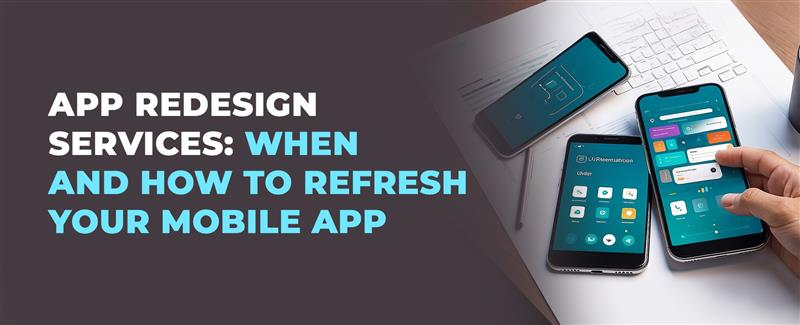
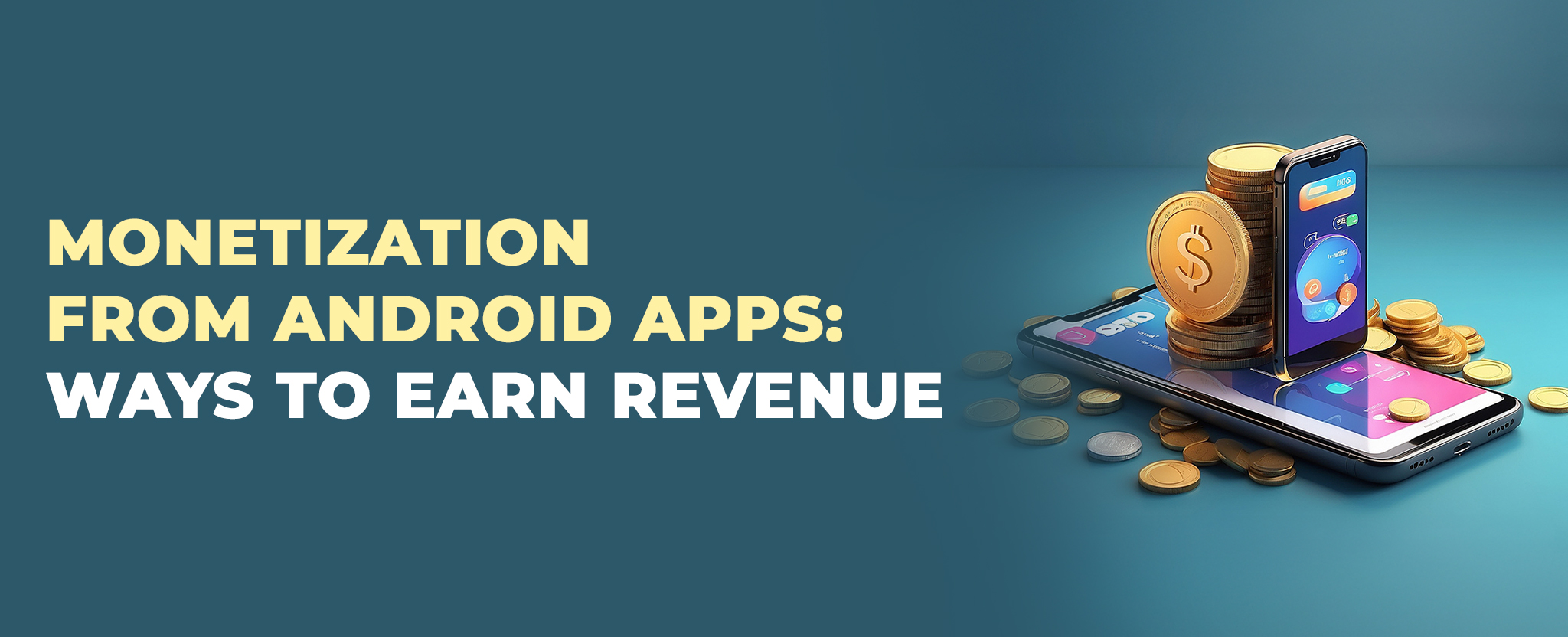
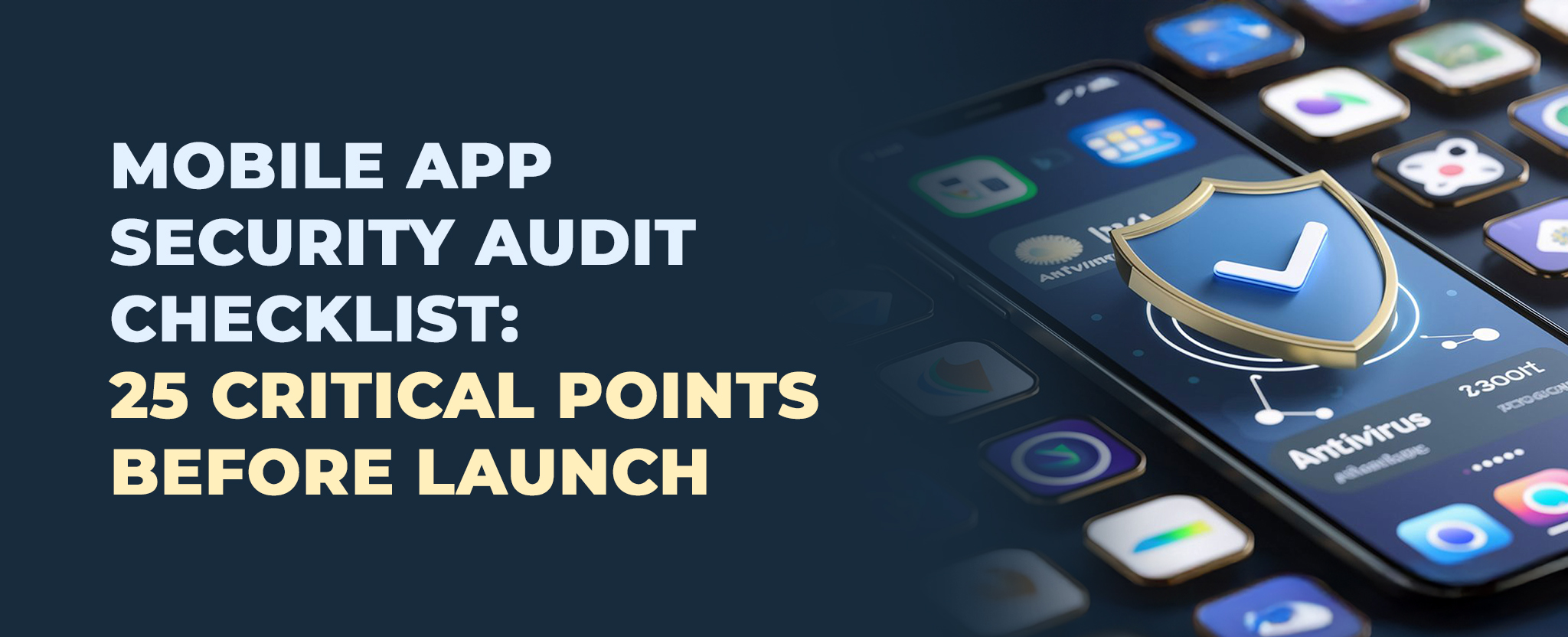
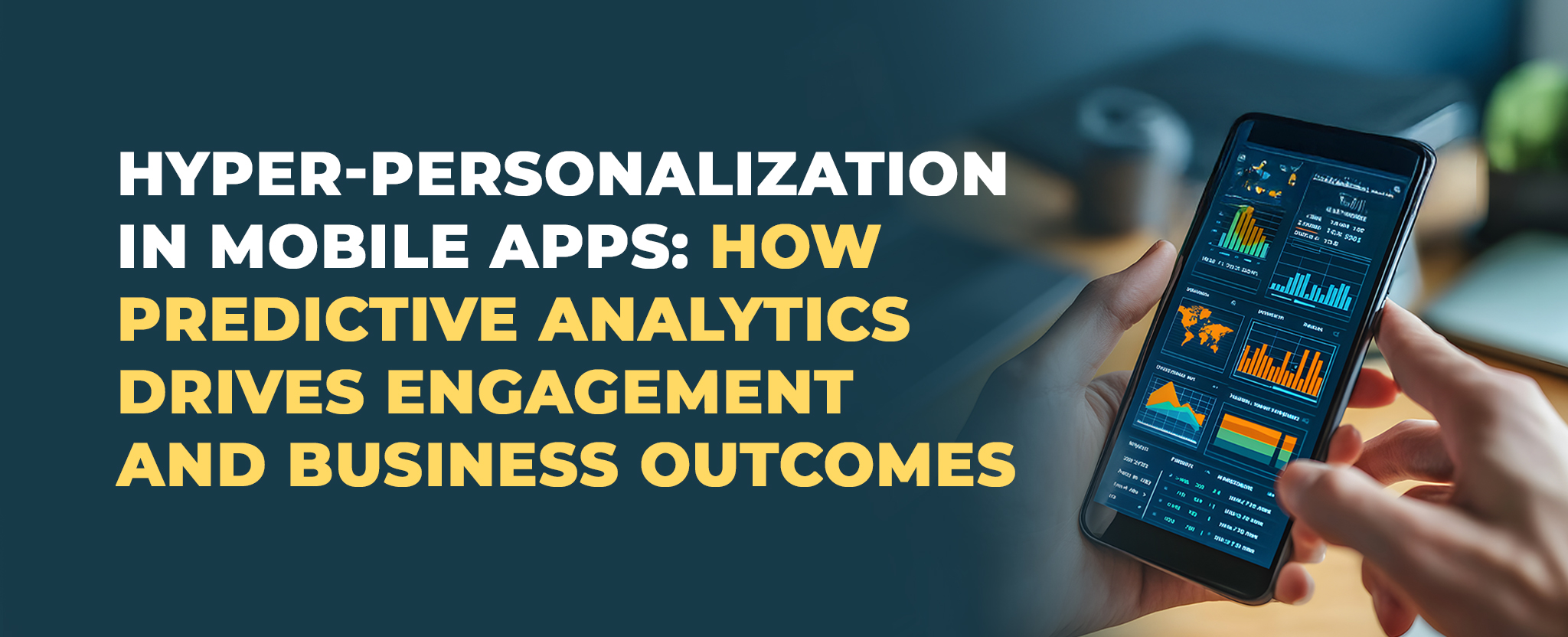






Comments